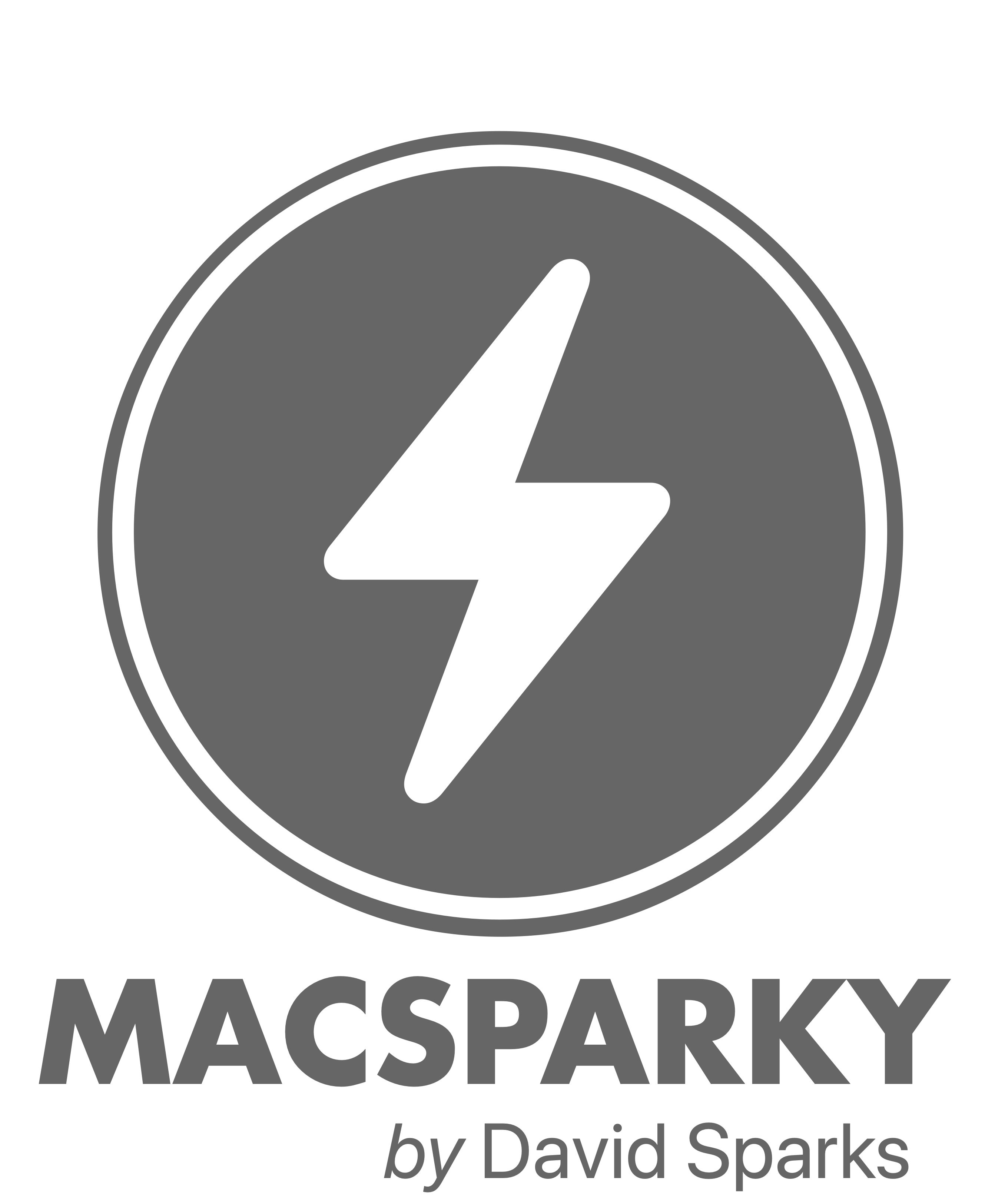A few months ago I decided to up my game a bit with my audio recording rig. I’d tried to use an XLR microphone in years past but never got it working quite right. My hang up was getting a sufficiently powerful pre-amp to drive a decent microphone.
So with this new effort I ended up buying a Shure Beta 87A but was having trouble (again) getting the right USB to XLR interface. I bought (and returned a few) again dealing with the issues of low power and hissing. I then talked to a friend at Yamaha about the Yamaha AG06. I saw it for the first time at the NAMM show earlier this year and Yamaha was nice enough to send me one to try.
I’ve been using it now for a few months and think that finally, after many years, I’ve got the right mic/mixer combination for audio bliss.
The AG06 is an all purpose simple mixer but Yamaha had podcasters in mind with this board. The AG06 has a small footprint at 6 x 8 inches. There are six analog inputs including line 1, which has both XLR and 1/4″ connectors plus phantom power to drive my new podcasting mic and a pad switch for a quick mute.
The XLR 1 input uses the D-PRE mic preamps found in high-end Yamaha mixers and and for me, at least, that’s where the AG06 wins. My Shure mic sounds great on this board and I don’t need to maximize the pre-amp to get there.
There are more inputs including 1/4” and RCA connectors. In short, back in my musician days, I could have used the heck out of this board.
But putting my podcaster hat back on, with the AG06 I can independently control the mix into my monitor headphones so I can adjust Katie’s voice and my voice on separately. This is one of my favorite benefits after years of having bad audio balances in my ears while podcasting.
There’s a 1/4” foot switch connector that provides hands-free reverb which is perfect for musicians. I wish there was a way, however to toggle that to a mute switch, which would be really great for podcasting.
That said, I’m quite pleased with the new setup and the Yamaha AG 06 has my podcasting/screencasting voice sounding better than ever.
∞






